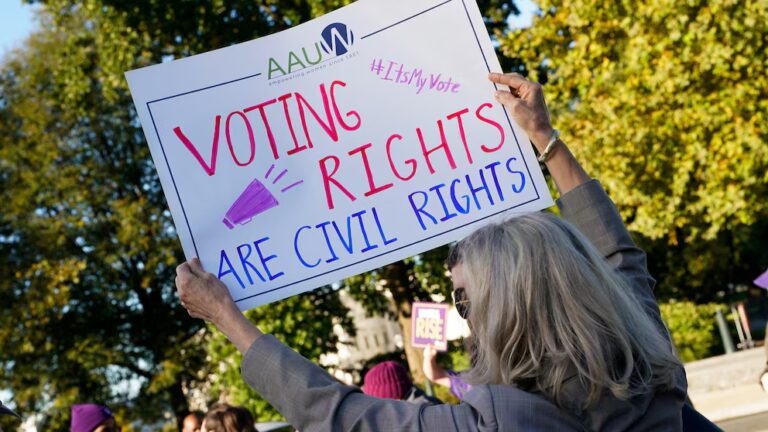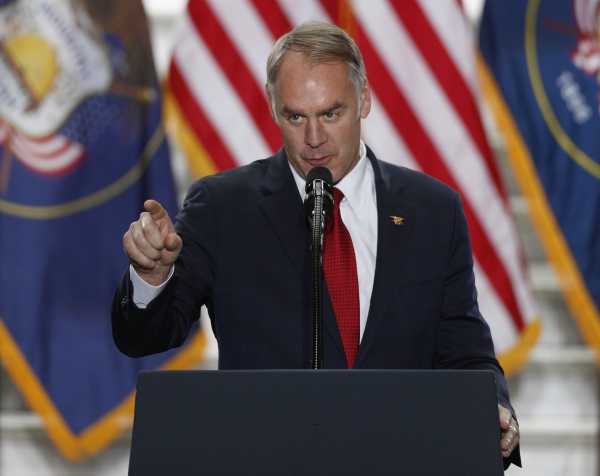
Interior Secretary Ryan Zinke wants the world to know when he’s in the building. And so now, at Zinke’s behest, the department’s Washington headquarters flies a secretarial flag when Zinke arrives for the day and lowers it when he leaves.
Flag raising, a Navy tradition, isn’t something that’s done for other Cabinet officials, and it isn’t Zinke’s only flamboyance. The former Navy SEAL minted his own challenge coin, rode a horse to his first day of work, and displayed his knife collection in his office before security asked him to remove it.
But these stunts are mere distractions from Zinke’s real influence as interior secretary. Since he was sworn in on March 1, 2017, to lead the $12 billion agency in charge of federal lands and natural resources, he’s made unprecedented changes that could leave a lasting mark on America’s wilderness and its environment.
From his recent proposal to open almost all of America’s coast to offshore drilling to rolling back federal protections on national monuments, Zinke has taken extraordinary steps to make public lands more accessible to fossil fuel companies and other industries. Part of what he’s doing is selling mineral and energy rights to our public lands through leases — and potentially lowering royalties for industries in the process. In line with Trump’s interest in expanding mining on federal lands, Zinke has made critical mineral production a top priority.
“When Zinke was nominated, he told the American people that he was a conservationist in the tradition of Teddy Roosevelt, and he was committed to stewarding our public lands, and he was concerned about issues like global warming,” says Jay Turner, an environmental historian at Wellesley College. “In practice, Zinke has aggressively worked to open up our public lands and natural resources to development by private interests and aggressively rolled back regulations meant to protect those resources and address issues like climate change.”



Meanwhile, Zinke has caught the attention of government watchdog groups that are already calling for ethics investigations into his activities. Documents show that he used noncommercial planes to travel back to his hometown in Whitefish, Montana, and to fly between Caribbean islands. He’s also taken expensive helicopter flights around DC and to political events. A taste for private flights forced Trump’s top health official, former Health and Human Services Secretary Tom Price, to resign last September.
Controversy swirled again when, in an effort to rebuild Puerto Rico’s battered grid after Hurricane Maria, the island’s governor inked a deal with a little-known contractor from Zinke’s hometown funded by a donor to President Trump instead of invoking mutual aid agreements with other utilities right away.
Allegations of political favoritism and loyalty to industry are recurring themes in five of Zinke’s biggest decisions to date, which affect the lives of millions of Americans.
1) Opening the bulk of the US coast to oil and gas drilling
In January, Zinke announced a proposal to allow offshore oil and gas drilling around most of the United States, including in water off the coasts of California and Maine and the eastern Gulf of Mexico.
The five-year proposal, from 2019 to 2024, would open up about 90 percent of the region known as the Outer Continental Shelf — the biggest offshore lease sale ever.
This is great if you’re in the oil industry. If the draft proposal goes through, energy companies will be able to bid on 47 lease auctions in 25 “planning areas” along the edges of the lower 48 states and Alaska.
But not everyone is thrilled by the decision. Florida Gov. Rick Scott, for example, immediately asked to meet with Zinke.
Shortly after Scott objected, Zinke removed Florida from the draft proposal because Florida is “unique and its coasts are heavily reliant on tourism as an economic driver.” (Many interpreted it as a brazen political favor to Scott.) Now 12 other states want out.
This new offshore drilling announcement comes shortly after the new Republican tax law became a Trojan horse for new drilling in the Arctic.
Opening up the coastal area of Alaska’s Arctic National Wildlife Refuge (ANWR) for oil development was the key to securing a “yes” vote from Sen. Lisa Murkowski (R-AK) on the GOP tax package.
The federal government is now required to complete at least two oil and gas lease sales in ANWR over the next decade.
2) The largest rollback in federal land protections in history
In December, Trump moved ahead with recommendations from Zinke and announced that his administration will roll back federal protections on 2 million acres of land in two national monuments in Utah, the Bears Ears monument and the Grand Staircase-Escalante monument.
The move, Trump said, is to “to reverse federal overreach and restore the rights of this land to your citizens.” But he also hinted at a financial upside for certain parties, claiming that federal oversight has led to “unnecessary restrictions on hunting, ranching, and responsible economic development.”
The New York Times recently obtained emails from the Department of Interior that show the Trump administration had an interest in oil and gas opportunities in the area before the sites were publicly reviewed last spring. One email details a map that would “resolve all known mineral conflicts” on protected land that Utah public schools wanted to lease out by changing the border of the Bears Ears monument.
Bears Ears — which was designated by President Barack Obama in one of his last acts in office — stands to lose 1.1 million acres, or 85 percent, of its land area. The Grand Staircase-Escalante monument would be reduced by 800,000 acres, or 45 percent. The rollback is the first step to opening up these lands to more industrial development and agriculture, breaking Bears Ears into two separate monuments and Grand Staircase-Escalante into three.
“This type of reversal of executive action generates serious instability for anyone who depends on the resource or landscape one way or another,” Adam Sowards says. “Flip-flopping executive actions is no recipe for solving problems, stabilizing policy, or protecting the environment.”
Additionally, Sowards wrote in High Country News, one president rescinding another president’s action isn’t the sort of separation of powers founders envisioned.
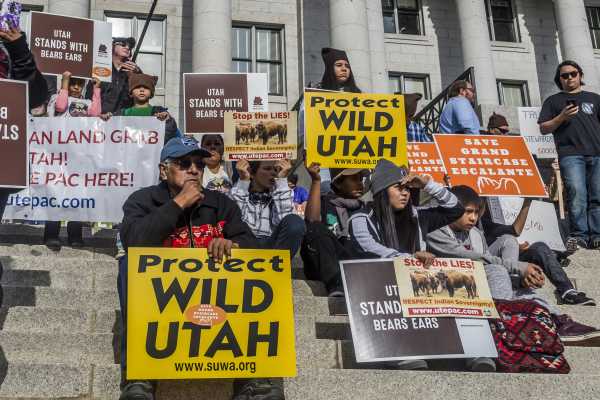

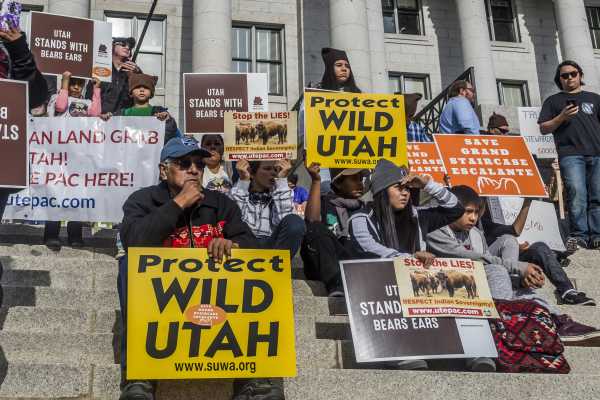
The administration is stepping into uncharted legal territory with this decision. There’s never been a ruling on whether a president can decrease the size of a national monument. Five Native American tribes have joined in a lawsuit charging that the president has no power to decrease the size of national monuments like Bears Ears. (A separate lawsuit filed by 10 environmental groups makes a similar argument, but for the Grand Staircase-Escalante monument.)
The Interior department doesn’t see its attempt to revoke the monuments’ status as a “sale” of public land. Zinke’s press secretary says in an email to Vox that, “Secretary Zinke is opposed to the sale or transfer of federal lands and has not sold or transferred a single acre of land except where Congress has mandated or where land swaps were arranged. In fact, the Secretary has expanded the federal estate by approving land acquisitions and swaps.”
3) A proposal to raid the National Petroleum Reserve
Interior is also trying to open up the National Petroleum Reserve in Alaska (NPR-A) in pursuit of the Trumpian goal of “energy dominance.” NPR-A is the largest federally owned land unit in the United States. There have been 12 sales there since 1999, but the proposed lease sale of 10.3 million acres in the reserve would be the largest ever for that area of federal land.
Why is this land needed? Zinke has said that the management plan developed by the previous administration for the land is overly restrictive, and Alaska lawmakers have had their eye on it. “…exploration and development of the NPR-A offers a promising opportunity to fill TAPS (the Trans Alaska Pipeline System), boost Alaska’s economy, and protect America’s energy security,” Sen. Dan Sullivan (R-AK) said when the Bureau of Land Management announced the sale.
But environmental activists are concerned about the spread of oil development at NPR-A, particularly the potential damage that could be done to such a huge area of protected land with so many unique ecosystems.
4) Land protections are for the birds
In 2015, the Obama administration came to an agreement with Western states, oil and gas companies, and environmentalists about how to protect the greater sage grouse, the largest grouse in North America, and its fragile sagebrush habitat across the West. It was, by many accounts, the biggest conservation collaboration in US history, involving 15 planning areas in 10 states and costing $45 million.
But in June 2017, the Interior Department took steps to begin rolling back the current agreement, which limits oil and gas development and other commercial activities on federally owned land in 10 states that has been recognized as territory for these birds.
Then, according to Sierra, the magazine of the Sierra Club, “A month later, the Western Energy Alliance, an oil and gas industry trade group, sent Zinke a letter [about the plans] in which the word ‘burdensome’ occurred seven times in four pages. When Zinke’s review was completed in August, it included or addressed 13 of the alliance’s 15 requests for changes, sometimes almost word for word.”
The Obama administration didn’t give Endangered Species Act protections to the bird in 2015, partly because this land management plan was already released earlier that year, according to the Hill. The Interior Department is expected to amend the greater sage grouse plans later this year, but the regulatory process is likely to take years.
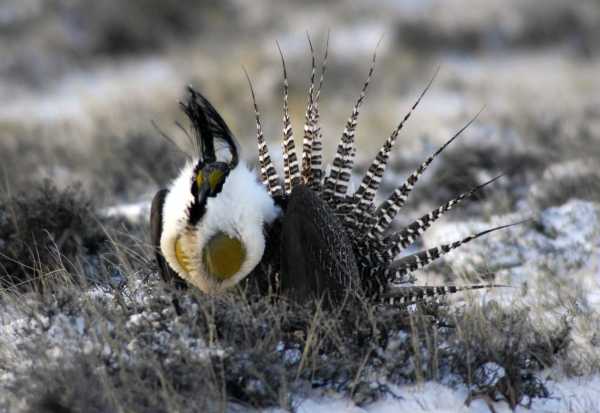

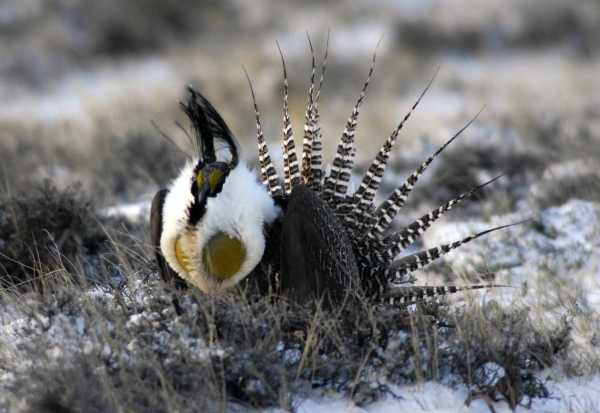
5) Greenlighting new roads in the wilderness
The Washington Post reported in early January that the Interior Department approved a land swap deal that will allow a road to be built through Izembek National Wildlife Refuge in Alaska. The road, which will connect the small villages of King Cove and Cold Bay, would cut through 492 square miles of preserved wetland and coastal habitat. If this plan goes through, it would be the first time that a new road is built through federally protected wilderness.
King Cove residents have requested a 12-mile gravel road be built to improve their access to the closest all-weather airport to reach hospitals in Anchorage. Throughout the decades-long fight, opponents have highlighted the fact that the road would benefit a private company, connecting the Peter Pan Seafood company in King Cove to the airport in King Bay.
The US government has already spent more than $50 million on alternative solutions like a local clinic and a hovercraft, according to the Washington Post.
Environmental advocacy groups point out that there are federal laws against creating new roads through protected areas of land, and they’re prepared to put up a fight.
In 2013, the New York Times reported, Obama’s Interior Secretary Sally Jewell “found that a road would cause irreparable harm to Izembek’s ecology and wildlife, including the grizzly bear, caribou and geese for whom the refuge is a critical habitat.”
Secretary Zinke made the road construction official on January 22.
Clarification: An earlier version of this story wasn’t clear about how Interior can open up public land for development. In fact, the agency can offer up mineral and energy rights by leasing federal land or approving land swaps.
Sourse: vox.com

